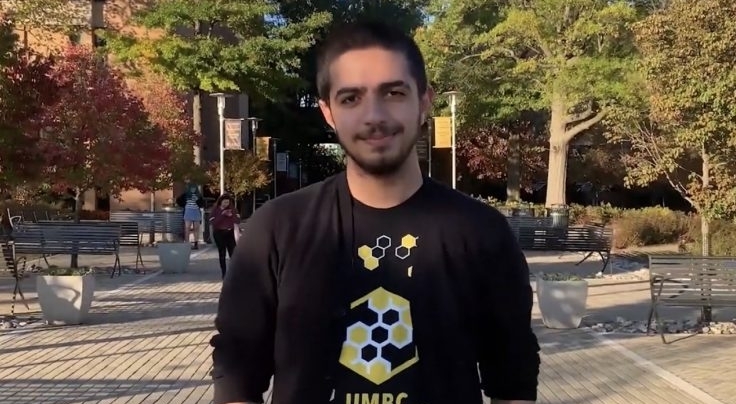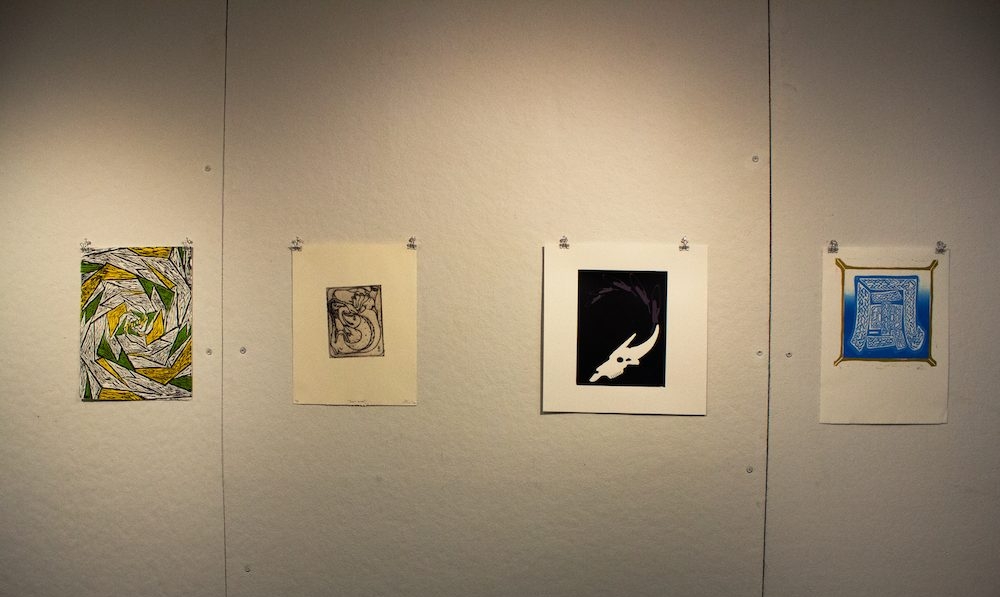The community at the University of Maryland, Baltimore County is known for being international. Students hail from about 100 countries in any given academic year, according to Associate Vice Provost for International Education Dr. David Di Maria. But lately, faculty and staff at UMBC have wondered how the institution can be more intentional with how it interacts with the world. This topic has quickly found its way into most of the university’s major plans and became the main focus of the university retreat before the start of the semester.
The International Education Services (IES) at UMBC is the chief departmental contact for any international aspect of the university, so its staff is well-trained in helping international students succeed at UMBC and helping students succeed abroad. Still, this rapid push for a comprehensive plan to interact with the world at an institutional level is fairly new to them. “My understanding of the initiative is that the university wants to create a global presence and bring a wider variety of students/scholars and researchers to the university,” Arthur Brown, the Program Management Specialist of IES, wrote in an emailed comment to The Retriever. “UMBC is ensuring that its students, faculty, and staff are prepared to succeed in an ever-increasing global environment.”
This desire to analyze the university’s international ties and learn better strategies for global interactions prompted the university to create the role of Associate Vice Provost for International Education in 2017. Di Maria has been in this position ever since, which he describes as “help[ing] the institution to analyze ways that we could improve coordination of international activities.”
Di Maria’s chief responsibilities focus on the ‘internationalization’ of the university. “Internationalization… is really the international, global, intercultural dimensions of teaching, research and service… really how UMBC is engaging with the world,” Di Maria said. Once he learns more about just what kinds of interactions UMBC faculty and students have with the world, he hopes to create methods for coordinating the interactions better. “Say we have two departments operating in India, how do we get those two departments, if they’re in different colleges, to even know what the other is doing?”
“Whether you [students] stay in Maryland and work for companies that are engaging in exports and trade, or for the federal government,” having a global perspective is essential for college graduates, Di Maria said. “Are students exposed to authors [and] viewpoints from outside the US and from other cultures?”
Di Maria and his team began discussing how to ensure UMBC students receive this type of education last August, just over one year ago. He explained that there is one overarching steering committee for the university and six sub-committees under it: education abroad; internationalization of the curriculum, co-curriculum and learning outcomes; international partnerships; international student recruitment and retention; internationalization of research; and a global operations group. The findings of these sub-committees will be published in what Di Maria calls a ‘self-study’.
The various subgroups met for months and pulled data on the types of interactions faculty, staff and students have with the world. “It was kind of analyzing what the current state [of internationalization at UMBC] is, and starting to learn about what the industry standards are, and best practices for the future,” Di Maria said. The committees looked at a wide variety of statistics to understand the current state. “For example, we looked at two years of travel data. Where are faculty, staff and students traveling outside of the US?”
Before the start of the semester, Di Maria and his team used the faculty and staff retreat to share the initial findings of the study with the campus community. 82 faculty and staff “engaged across seven committees” to learn some of the findings of the study and discuss how this information can be implemented in the classroom.
In addition to analyzing how the community currently interacts with the world, the IES team also brainstormed methods for encouraging more students to study abroad. This included looking at financial barriers as well as academic challenges. “When is the best time to study abroad in a given major? What are the best courses to take abroad? Where should you study in terms of an institution so that the credits will transfer and you’ll still make progress in your degree?”
With the retreat over and the concept of internationalization fresh in the minds of faculty and staff, Di Maria says the next step is to release the self-study to the campus community, which should be released as a five-year plan by next summer. “It’s not that it’s a separate plan from the university’s strategic plan, but that every action aligns and really helps to move forward the strategic goals and objectives of the university,” he said. “So it’s not that it’s something new, it’s just looking at the international dimensions of what we’ve already said is important.”


Comments are closed.